
44+ Simple Rental Agreement Templates – PDF, Word
Legally mandatory documents that are required to be signed by both the parties are the simple rental agreement templates. These…
Jul 19, 2024
People buy properties when they get enough money. Depending on their purchasing power, it could be a lot or a little. These properties have their own respective monetary value and can go even beyond that. In the event of death or disability, the property owner will be unable to manage his/her properties. Death is an inevitable part of human existence, as it is the end game to the life we have been living on earth. With the asset transfer agreement templates that are mentioned in this article, you can make the perfect agreement you need.

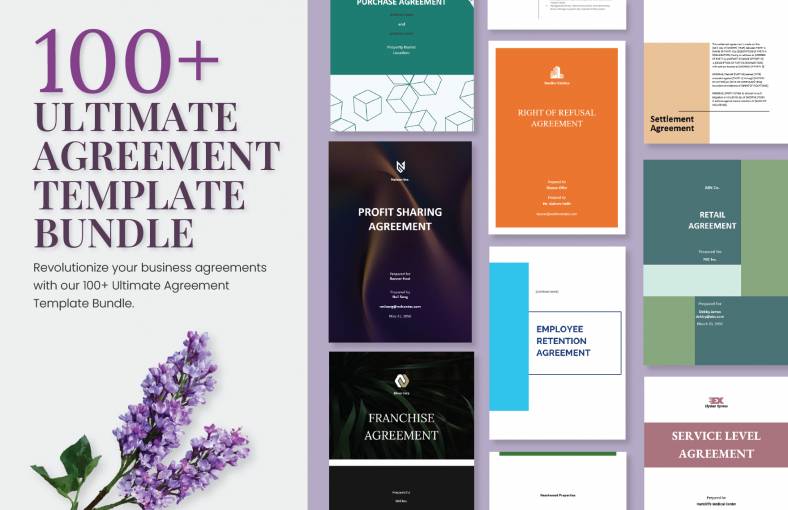

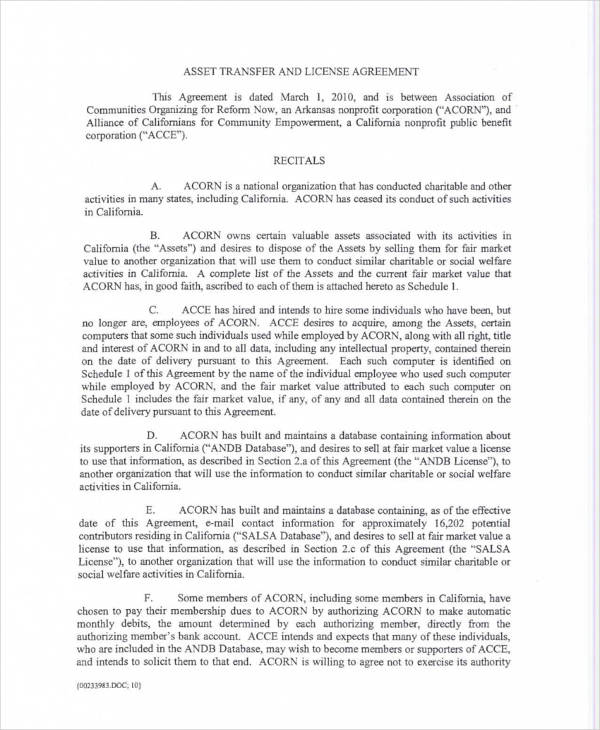 oversight.house.gov
oversight.house.gov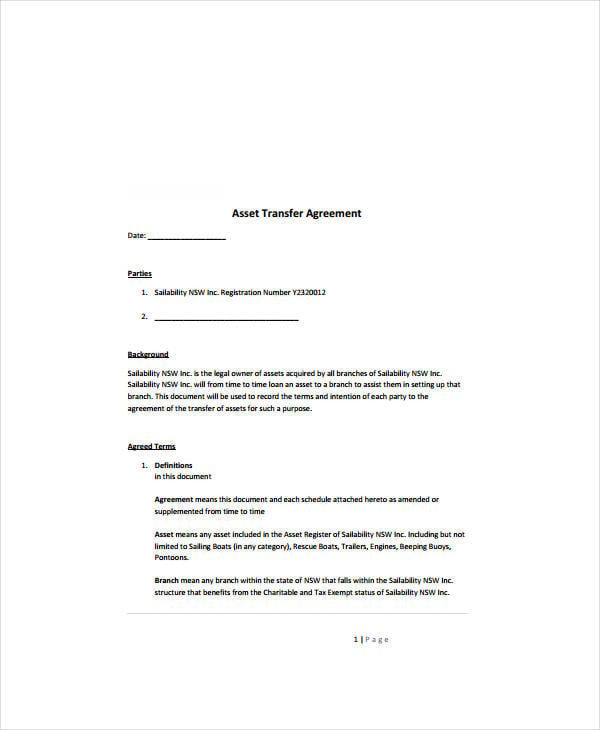 sailabilitynsw.org
sailabilitynsw.orgTo help property owners with this, an asset transfer agreement is made. This document outlines the things to do and how the asset will be transferred from one person to the other. It also defines the properties according to their category, and what happens before, during and after the transfer of assets.
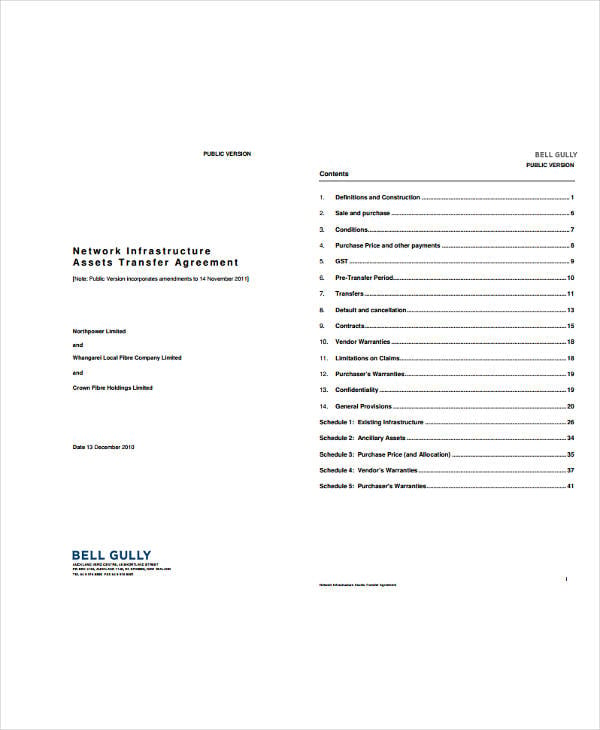 northpower.com
northpower.comYou can’t take any of the single things you own in this world when you die. You may also see sample asset purchase agreements. You have to transfer it to someone you trust so much. If left unattended, your assets can go anywhere off the grid when you die.
You must do all of these steps when you transfer the assets:
A living trust is a legal document that outlines the transfer of all your assets in the event of your death. Your assets are placed in trust during your lifetime and will be transferred to the beneficiaries after your death. A chosen representative or your “successor trustee” will transfer these assets to the right people. You may also see equipment purchase agreements.
List your assets on a notebook or a spreadsheet. Assets fall into four categories. First is the real property. It includes your houses, secondary homes, and other real estate in several different locations. Second is the cash accounts, which include both of your savings and credit accounts. The third is the financial instruments such as your stocks and bonds in a corporation. Last is personal property, such as vehicles, furniture, antiques, and other items. Some of your property fall into more than one category and you need to sort it out. Aside from that, life insurance policies can’t be transferred to the trust.
A living trust is part of the estate plan. It does not abandon the need to write the will. However, everything must be put into formal writing when transferring assets. You may also see transfer agreement templates.
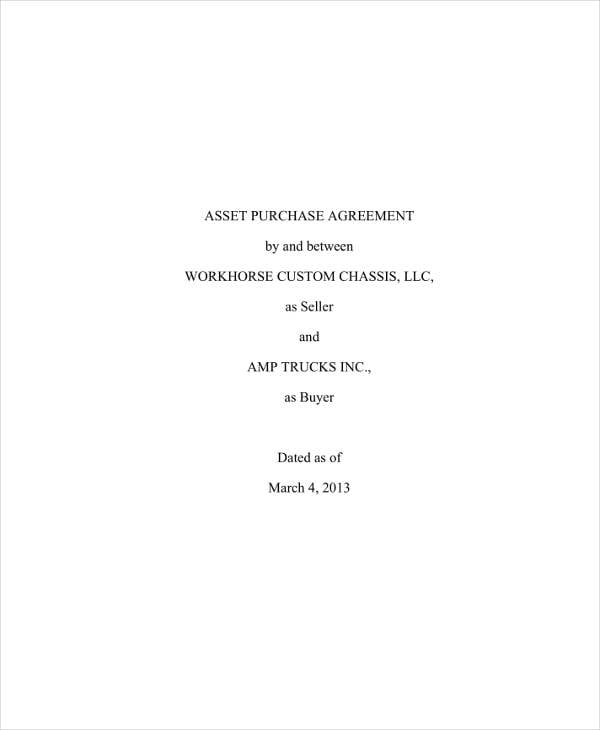 sec.gov
sec.govYou are the primary trustee in a living trust. When you are incapable of making the right decisions or you pass away too soon, you have to transfer the decision-making part to your secondary trustees. This could be your spouse or your trustworthy family members. It is advised to have a third party trustee just in case of family members die in an accident. This prevents the trust from being left hanging. The third-party trustees could be the bank, trustee company or a lawyer. Lastly, only your spouse can add additional beneficiaries to your assets.
Since you are the primary trustee, list down the beneficiaries of your assets. This could be anyone in your family who is legally able to receive the properties. Not including a family member in the beneficiary can result in a feud. There should be a clause that includes all beneficiaries to not question the inheritance they get. This leads them to be disqualified from the transfer of assets. You may also see purchase agreements.
The real estate should be transferred to your trust. In the case of mortgages, you can directly contact the mortgage company before you start the transferring process. For your homeowner insurance, contact the company that provided you with the benefit and talk it out. You may also see trust agreement templates.
Talk to the bank about opening a bank account for your trust. They will let you undergo legal procedures on how to make the bank accounts of the beneficiaries. You may also see commercial agreement templates.
Tangible properties such as furniture, antiques, and vehicles should be entrusted to your trustee. You can put it in a safe box owned by the trust in his house. You may also see exchange agreement templates.
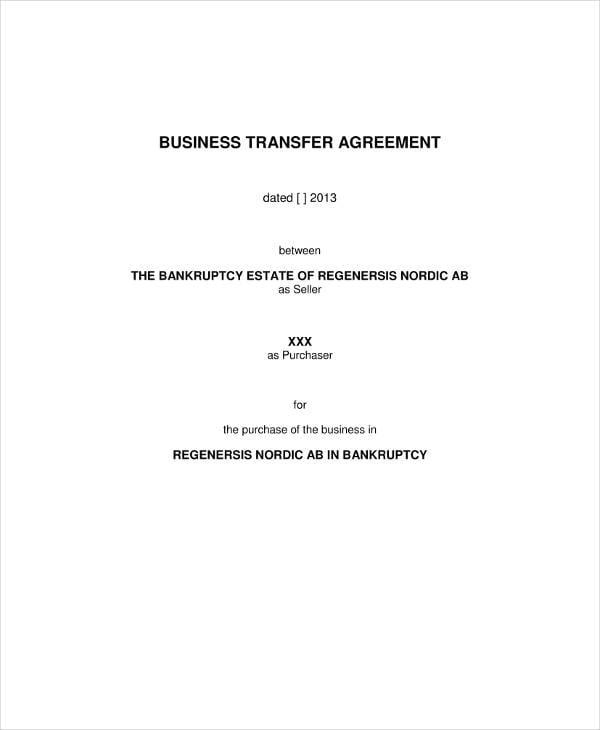 ackordscentralen.se
ackordscentralen.se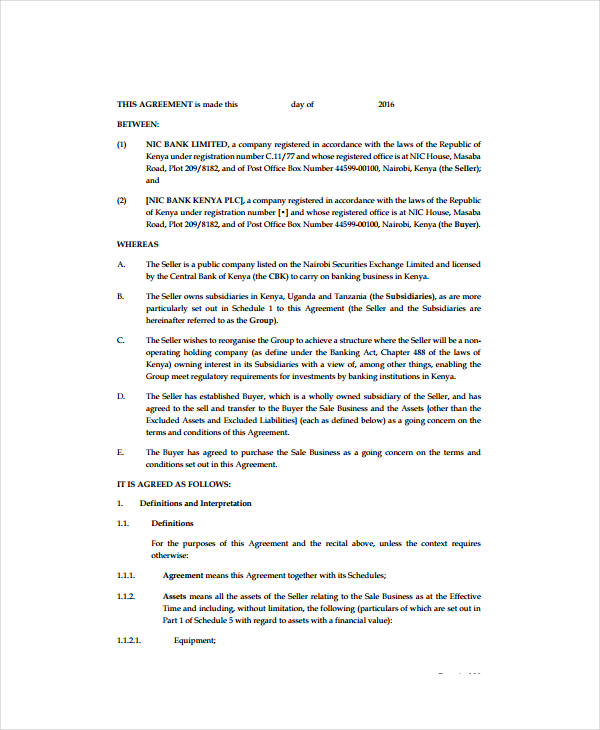 nic-bank.com
nic-bank.com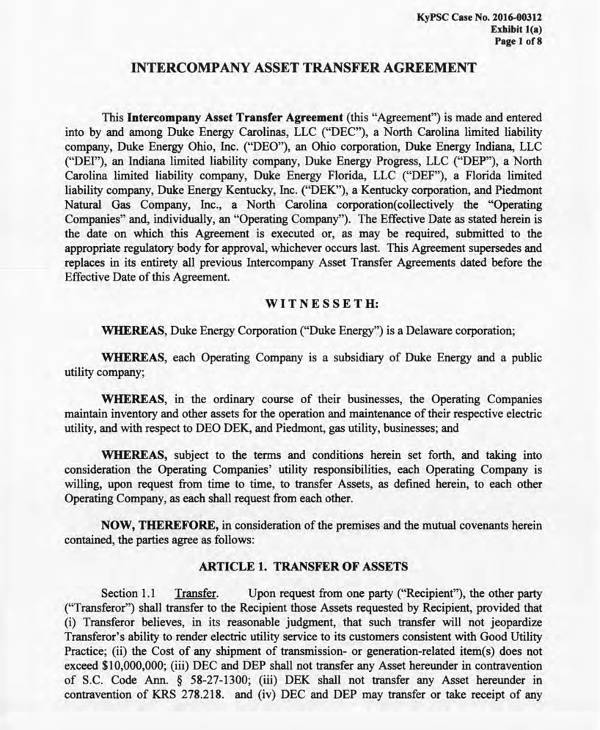 psc.ky.gov
psc.ky.gov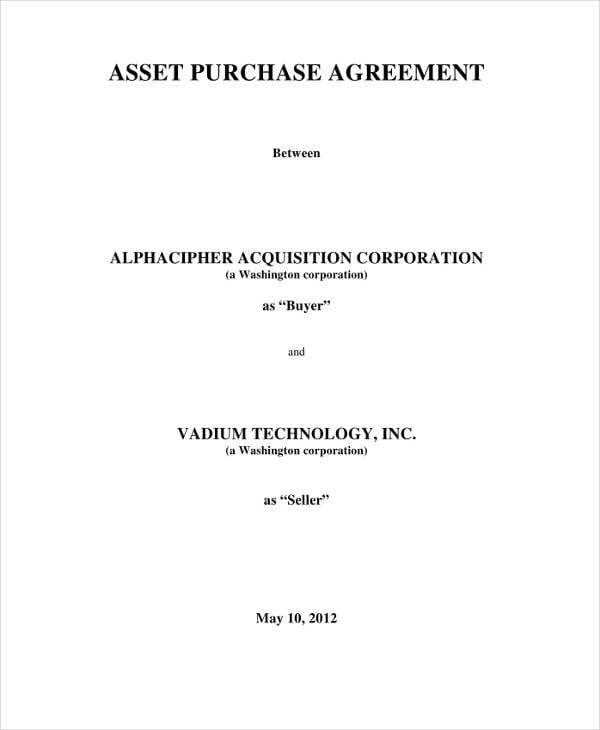 jolleylaw.com
jolleylaw.comListing your assets consumes so much time, regardless of how much or how little you own. Each property must fall on their respective category. It is a big help when you want to plan for an asset distribution. You may also see lease trasfer letters. Listing your assets can be done in as easy as these steps:
Record keeping can be done in a notebook or a spreadsheet on your computer. When you use a spreadsheet, it keeps the records more organized. The advantage of using a notebook in record-keeping is it is directly accessible anytime and can be kept in a safe place. Either way, your record-keeping should be organized and easy to follow. You may also see agreement letter templates.
Tangible assets include your home, land properties, clothes, vehicles, and automobiles. Your intangible assets are your bank accounts, shares in a corporation and other properties that cannot be touched. Once you get through this, you would be able to make the listing more convenient. You may also see concession agreement templates.
Put your personal information on your inventory list. It should be a whole lot of a good one. It attaches you to your assets in the documentation. You may also see loan agreement templates.
The description of each item is only applicable to your tangible assets. It keeps the list straight and more comprehensive. Describe the color, height, weight, size, and notable features of each item. Brands can be named to further specify the item and distinguish it from everything else. Include special conditions on some items. You may also see purchase and sale agreement templates.
Provide backup documents pertaining to the ownership of the items. Secure receipts and contracts for bigger items. Make copies of each document for backup purposes in the future. You may also see shareholder agreement templates.
After providing details for each item, organize the list and finish them up. Make sure everything is complete from the item description, location information, and the relevant documents that should be attached. You may also see mortgage contract templates.
The list of people you add in the document is the ones who can do the errands of processing the documents whenever you are busy. Make sure these people are trustworthy enough since these are all your assets and stuff. You may also see framework agreement templates.
Photocopy several copies of the inventory and put them in a safe place. The place should be accessible and safe with all the locks and passwords. You will need these in the future. And do not forget to keep the information in your inventory up to date. You just don’t stop purchasing assets in your lifetime. It continues on and on, and you have to list them down. You may also see sample legal agreements.
Transferring assets is a must since everything that happens in our life are unexpected. No one can foresee what happens next. It is a preparation for unexpected death and disability. The agreement serves as proof for your properties to be properly distributed to the right people. Check the business agreement templates that are available online to make the agreement you need for your business.
An asset transfer agreement can be defined as an agreement between the issuer and one or more sellers. Asset transfer is a process that allows a community organization to take over property that is publicly owned, in a way that it recognizes the benefits of the public.
Asset transfer occurs when one person gives the ownership of an asset to someone else. Life insurance policies can be used to transfer assets to the beneficiaries of the owner or the buyer.
An asset purchase agreement is an agreement that is signed between a buyer and seller that finalizes the terms and conditions that are related to the purchase or selling of the assets of a certain company. For a wider selection of asset purchase agreement templates, check out more options here.
You can sell and transfer assets for a fair market value from one company to the other. It depends on the type of company you have, as to how you will do the transfer. Without proper paperwork and details as to why you are doing so in the first place, you cannot transfer assets. Find more material transfer agreement templates by visiting this link.
The following points should be included in an asset transfer agreement:

Legally mandatory documents that are required to be signed by both the parties are the simple rental agreement templates. These…

A purchase and sale agreement is a compulsory legal document to have when a buyer and seller are entering into…

Living alone or with a family has enormous risks, and the responsibilities can be complicated to manage. Become a good…

Discovering and verifying the top ability is no simple undertaking. It requires a profound comprehension of the organization’s culture and…
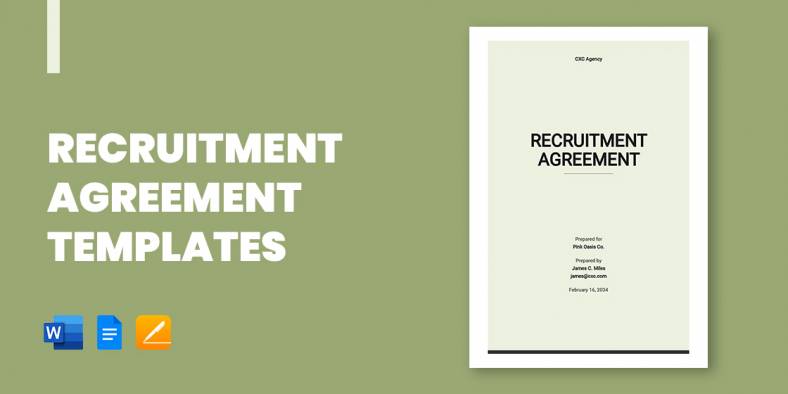
An agreement that occurs between two parties where one party (the recruiter or recruiting firm) is appointed by the other…

During the 1848 revolutions in Europe, the term “logistics” played a crucial role in transferring goods, equipment, and military personnel.…

The recruitment services agreement is provided by the recruitment agencies. And, that acts as the middleman or the middle-party between…
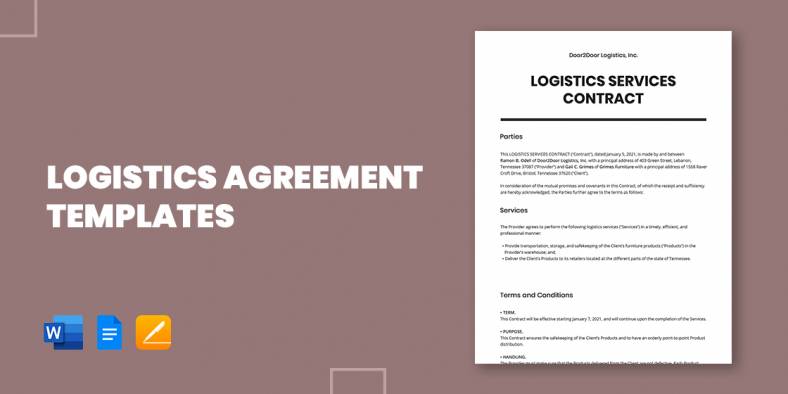
Many projects among businesses involve heavy management and great plans sample that logistics will be relevant. Operations involve proper organization…

A simple tenancy agreement is a legally binding document that outlines the terms and conditions between a landlord and a…